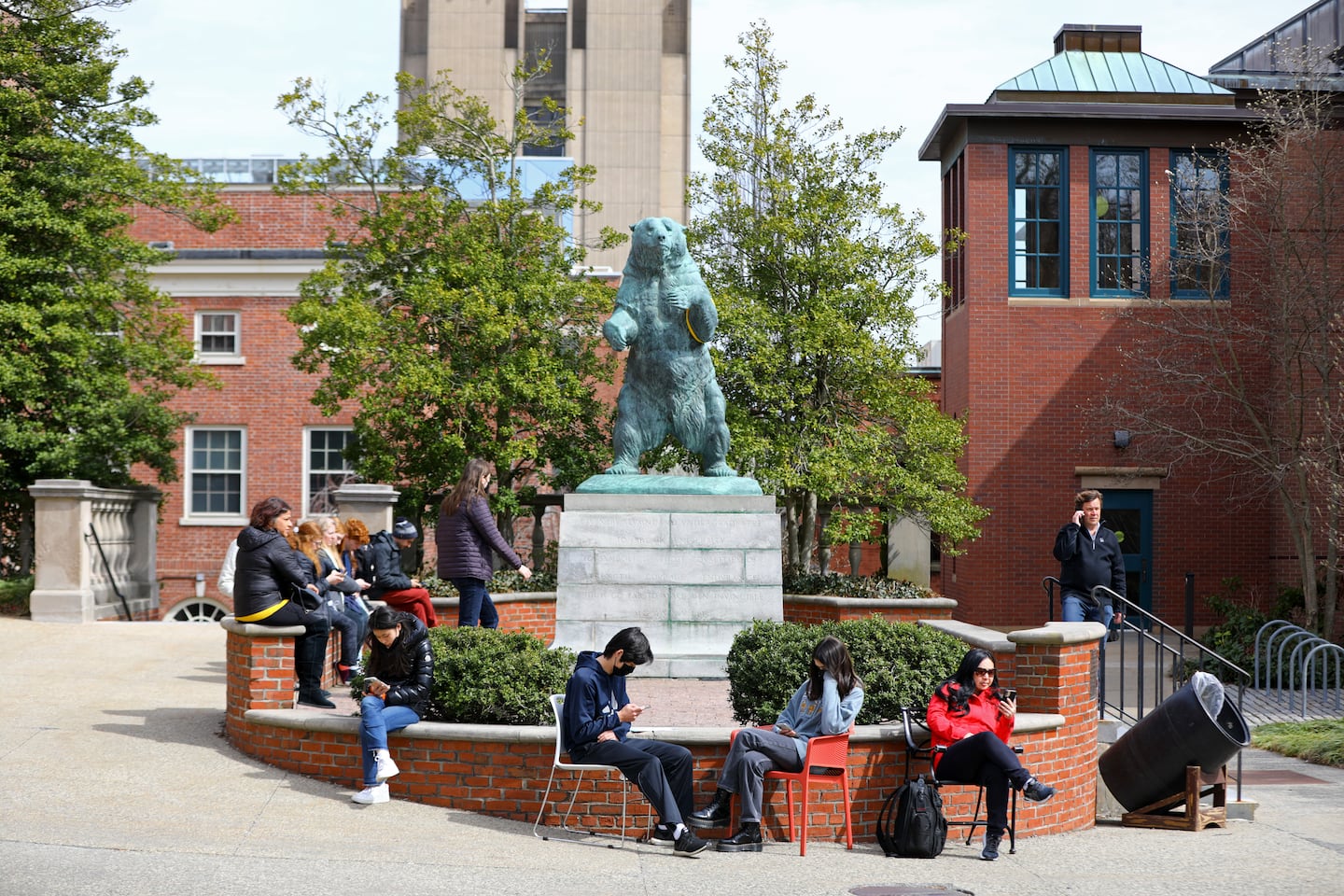Copyright The Boston Globe

The Trump administration has also floated a proposal to steer financial benefits to schools that align with Trump’s ideology for higher education. Most of the universities that the administration solicited for feedback rejected the proposal. But as universities contend with Washington’s demands, the long-term result could remake higher education across the country. Billions in funds for research have been frozen, while administration officials have also tried to prevent universities from enrolling international students. The higher education industry has acknowledged shortcomings and failures, but university leaders have also warned that the federal government is trying to stamp out academic freedom, a cornerstone of the American education system. Which schools have been targeted with funding cuts? Since taking power in January, the Trump administration has said it would end or limit federal money to a number of universities, including Brown, Columbia, Cornell, Duke, Harvard, Northwestern, Penn, Princeton and UCLA. Dozens of other schools are also under scrutiny, largely by the Department of Education’s Office for Civil Rights, and are aware that some of their federal funding is imperiled. But much of the focus is on 10 schools that a Trump administration task force, which says it is devoted to rooting out antisemitism, identified for particular attention: Columbia; George Washington University; Harvard; Johns Hopkins University; New York University; Northwestern University; the University of California, Berkeley; UCLA; the University of Minnesota; and the University of Southern California. The University of Virginia also drew the ire of the administration, which demanded the resignation of the school’s president to help resolve a Justice Department inquiry into diversity, equity and inclusion efforts. Which schools have made deals? The Trump administration announced three significant deals in July. First, Penn agreed to implement certain policies around transgender people in athletics and to apologize, in effect, for trans athlete Lia Thomas’ participation on its women’s swim team several years ago. The agreement included no financial penalties. Columbia, which faced accusations that it tolerated antisemitism on campus, later agreed to a suite of policy changes, as well as a $200 million fine to the U.S. government. Brown cut a similar deal, though its $50 million payout was going to be directed toward state workforce development organizations, not the federal government. Brown and Columbia secured specific provisions intended to limit the Trump administration’s involvement in academic matters. What’s happening with Harvard? The Trump administration’s biggest target has been Harvard, the country’s oldest and richest university. The university has roughly $9 billion at stake in its fight with the federal government. The dispute erupted after Harvard rejected Trump administration proposals, including one for the use of an outsider to audit “programs and departments that most fuel antisemitic harassment or reflect ideological capture.” The government also wanted Harvard to curb the power of its faculty and report international students who commit misconduct. The Trump administration almost immediately began cutting off billions in funds. Officials have since said they would direct federal agencies to end all of their remaining contracts with the school. The government has also told the university not to expect grant money in the future. Harvard sued the administration over the cuts. In September, a federal judge in Boston broadly ruled in Harvard’s favor, though the administration immediately pledged to appeal the decision. It was not clear when, or whether, the federal money would flow again. But the administration’s onslaught goes beyond research funding. The university is confronting an array of investigations, some of which Harvard officials fear could become full-blown criminal inquiries in the coming months. Trump has also threatened Harvard’s tax-exempt status. His administration has also tried repeatedly to bar the university from enrolling international students. A federal judge in Boston has blocked those efforts. In June, Harvard and the White House began discussing the possibility of a settlement. Even as the talks unfolded, though, the administration kept hammering at Harvard with subpoenas, accusations of civil rights violations and a subsequent challenge to its accreditation. Harvard has signaled that it might be willing to spend $500 million to settle with the White House. Why are the schools being criticized? The administration has frequently claimed that the targeted schools harbor antisemitism. When a protest movement against Israel’s war in the Gaza Strip swept campuses around the country in 2024, for example, some of the most volatile scenes unfolded at Columbia. But the roots of the administration’s hostility are deeper than the turmoil tied to that war alone. Conservatives have looked askance at the elite echelons of higher education for decades, disturbed by affirmative action admissions programs, high tuition costs, the views of liberal professors and the proliferation of diversity, equity and inclusion initiatives on campuses. Many conservatives say their views have been marginalized in lecture halls, and regard top schools as incubators of so-called wokeness. They have said they want universities to emphasize academic programs that will lead students to jobs that are essential to the economy. How is the administration trying to influence other schools? In October, the White House released what it called the “Compact for Excellence in Higher Education.” The document, drafted in part by Marc Rowan, a billionaire financier, laid the groundwork for schools to have easier access to federal money if they pledged fealty to Trump’s ideology. The document proposed limits on international students, tuition freezes, an embrace of standardized testing and definitions of genders “according to reproductive function and biological processes.” But, in parts that particularly alarmed free speech experts, the document’s ideas also included schools accepting “that academic freedom is not absolute” and pledging to potentially shut down “institutional units that purposefully punish, belittle and even spark violence against conservative ideas.” Although the administration asserted that the document was “largely in its final form,” it initially asked nine schools for feedback. Seven rejected the proposal: Brown, Dartmouth College, the Massachusetts Institute of Technology, Penn, the University of Arizona, the University of Southern California, and Virginia. Vanderbilt University did not flatly reject the compact, but its chancellor signaled that he had reservations about some of its terms. The University of Texas at Austin, through the chair of the university system’s board, expressed interest. The White House has said that it intends to keep pursuing a version of the compact.



